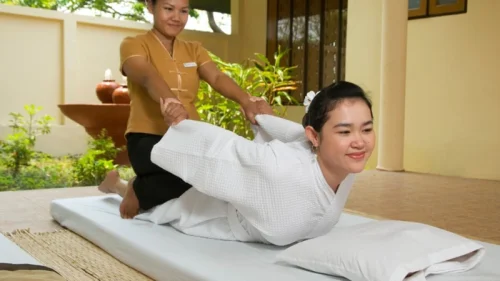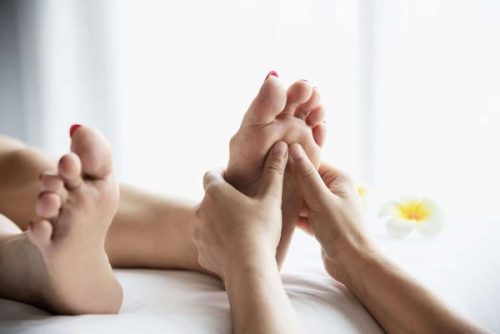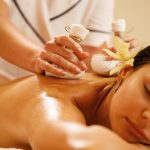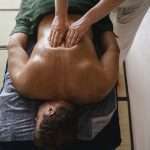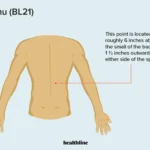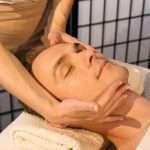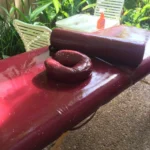Learning how to give Thai massage is about more than memorising techniques — it’s about understanding a style of bodywork rooted in movement, rhythm, and mindful touch. Traditional Thai massage blends assisted stretching, steady compression, and acupressure along the body’s energy pathways to encourage relaxation and improved mobility, all without the use of oils.
In this step-by-step guide, you’ll learn how to perform a Thai massage safely and confidently, whether you’re practicing on a partner, client, or loved one. We’ll walk through preparation, foundational techniques, and flow, so you can create a calming, effective Thai massage experience from start to finish 🧘♀️
Table of Contents
Benefits of Thai Massage
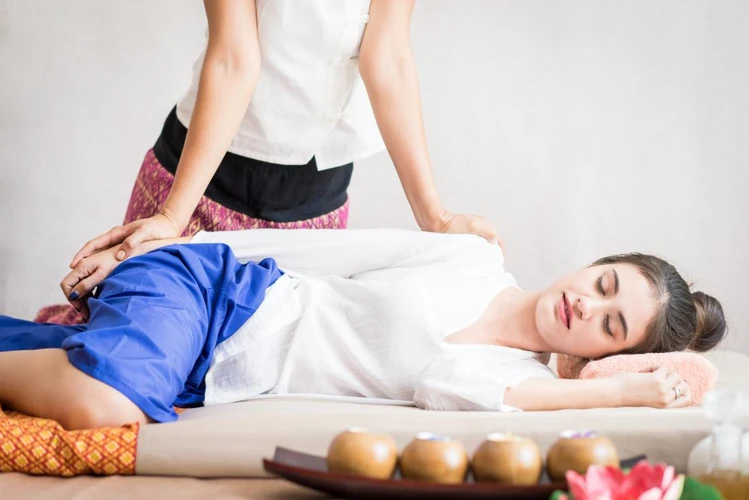
Thai massage has many benefits for both the receiver and the giver. It relieves stress, increases flexibility and range of motion, and helps to reduce chronic pain. It also improves circulation, increases energy levels, and enhances mental clarity. The combination of gentle stretching, acupressure, and yoga-like postures makes Thai massage a perfect way to relax the body and mind.
| Benefit | Description |
|---|---|
| Stress Relief | Thai massage helps to reduce stress and tension in the body. |
| Flexibility and Range of Motion | The stretching and massage techniques used in Thai massage increase flexibility and range of motion. |
| Pain Reduction | Thai massage can help to reduce chronic pain and other types of pain. |
| Circulation | The massage techniques used during a Thai massage help to improve circulation in the body. |
| Energy Levels | The combination of massage and stretching helps to increase energy levels in the body. |
| Mental Clarity | Thai massage helps to relax the mind and can lead to improved mental clarity. |
Thai massage is a great way to relax and rejuvenate the body and mind. With the help of a professional, you can experience the many benefits of Thai massage and learn how to give a Thai massage. By following the steps for a relaxing experience, you can enjoy the full benefits of this form of massage.
Preparing for a Thai Massage
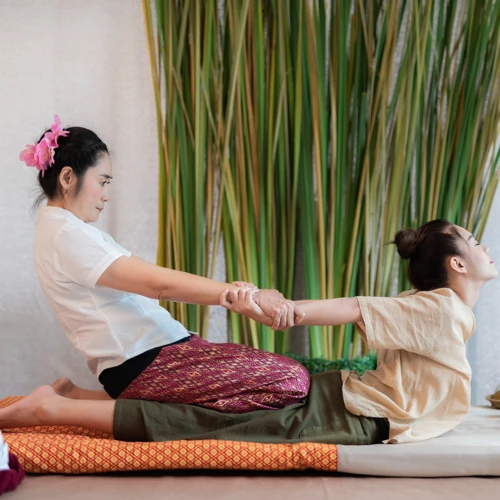
- Gather Your Supplies: You will need a comfortable, firm surface to work on, either a floor mat or a massage table. Have some pillows and blankets to make your client comfortable. Also, have an oil, lotion, or cream to reduce friction between your hands and the client’s body.
- Create a Relaxing Environment: Make sure the temperature of the room is comfortable and that the lighting is not too bright or too dim. Have some relaxing music playing in the background. Dim or turn off any overhead lights and light some candles for a warm and inviting atmosphere.
- Prepare Your Client: Have your client remove their shoes and any jewelry that may get in the way. Ask them to remove any restrictive clothing. Have them lie down on the mat or table and cover them with a blanket. Explain to them the techniques you will be using and ask them to inform you if they are uncomfortable.
- Carry out the Massage: Use your arms and hands to apply pressure to the client’s muscles. Use circular and kneading motions, as well as stretching and pressing. Change the pressure depending on the client’s comfort level. Focus on the energy lines of the body. Give special attention to areas of tension.
- Finish the Massage: To end the massage, use long, slow strokes to relax your client. Make sure they are comfortable and allow them to take their time getting up. Offer them some water or tea. Have them take a few moments to relax and reflect before getting dressed.
Learning how to do Thai massage at home is a great way to experience a spa-like experience in the comfort of your own home. With the right supplies and a little practice, you can give a relaxing Thai massage and help your clients feel rejuvenated and refreshed.
Techniques Used in Thai Massage
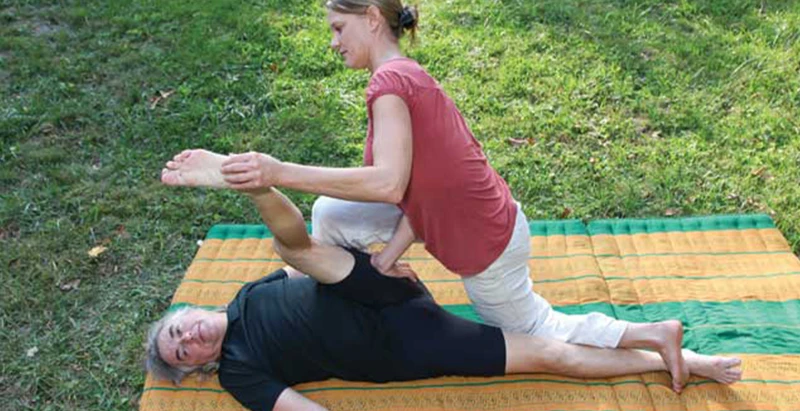
Palming
Palming is a gentle massage technique that involves the therapist applying pressure to the body with their palms. The pressure should be firm, but not too hard, and should be evenly distributed across the body.
Compression
Compression is a massage technique in which the therapist uses their hands to compress and knead the muscles in a rhythmic fashion. This helps to increase circulation, release tension, and promote relaxation.
Stretching
Stretching is an important part of Thai massage. The therapist will use their hands, elbows, and feet to gently stretch the body in a variety of positions. This helps to increase flexibility, reduce tension, and improve range of motion.
Joint Mobilization
Joint mobilization is a massage technique used to increase mobility and improve range of motion in the joints. The therapist will use their hands to apply pressure to the joints, gently pushing and pulling them in different directions. This helps to loosen up the joints, reduce pain, and improve range of motion.
New to Thai massage techniques?
If you’d like a deeper understanding of where these movements come from and what makes them “traditional,” our guide to traditional Thai massage explains the history, core principles, and what to expect from an authentic session.
Using Thai Massage Oil
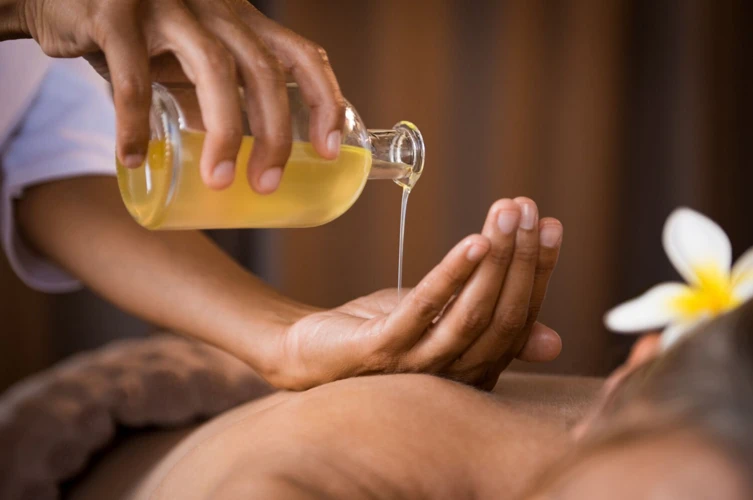
| Steps | Description |
|---|---|
| 1 | Choose a high-quality massage oil that is suitable for a Thai massage, such as coconut or sesame oil. |
| 2 | Heat up the oil in a pot until it is warm, but not too hot. |
| 3 | Apply the oil to the body in a slow and circular motion. |
| 4 | Continue applying the oil until the entire body is covered. |
| 5 | Gently massage the oil into the skin using long, smooth strokes. |
| 6 | When finished, wipe off any excess oil with a towel. |
Using Thai massage oil is a key part of giving a Thai massage. It helps to lubricate the skin and provide a relaxing sensation for the recipient. Be sure to choose a high-quality oil that is suitable for a Thai massage and warm it up before applying it to the body. Massage the oil into the skin using long, smooth strokes and circular motions. When finished, wipe off any excess oil with a towel.
Performing Thai Massage at Home
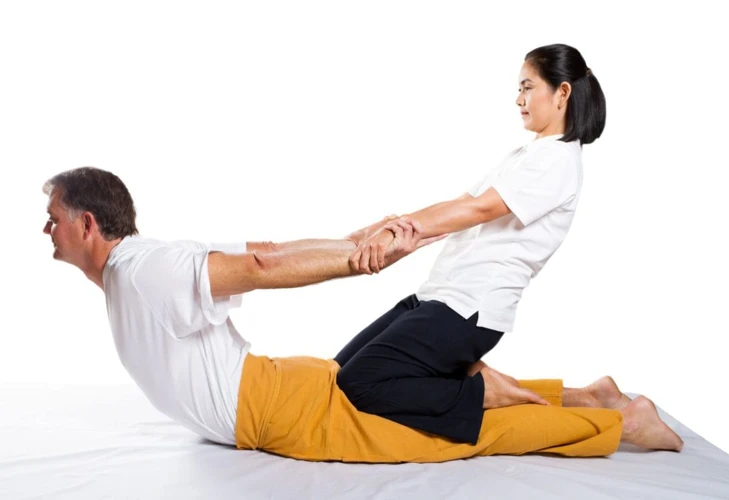
- Benefits of Thai Massage at Home: Thai massage at home offers a number of benefits such as improved circulation, relaxation, improved flexibility, enhanced mood, and improved immune system.
- Safety: It is important to follow safety precautions when performing Thai massage at home to prevent injury. Make sure to use appropriate pressure and to not push too hard.
- Proper Technique: It is important to use the proper technique when performing Thai massage in order to achieve the desired results. This includes using long, gentle strokes and applying pressure to specific points on the body.
- Equipment: You will need a comfortable surface to perform the massage on, such as a massage table or a mat on the floor. You will also need massage oil, lotion, or cream, as well as a few other items.
- Preparing the Space: Before beginning the massage it is important to set up the space. This includes dimming the lights, playing soothing music, and making sure the room is at a comfortable temperature.
Tips for Giving a Thai Massage
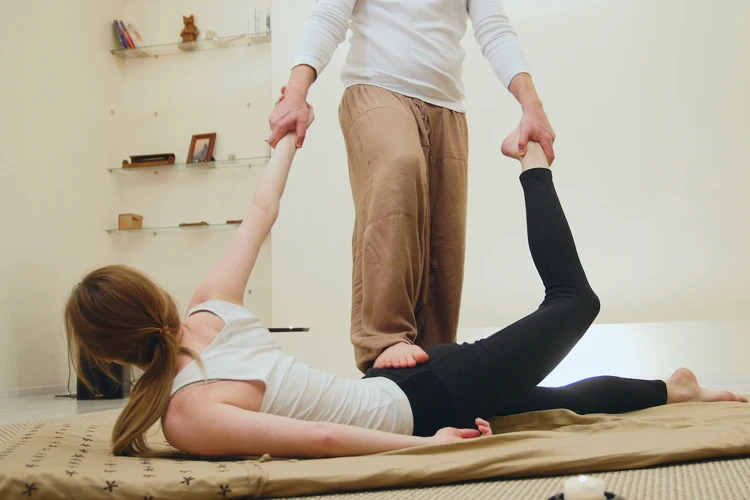
Warm Up: Begin with a gentle foot massage to relax the recipient and prepare them for the massage.
Stretches: Use slow, rhythmic stretches and gentle pressure to loosen tense muscles and increase flexibility.
Compression: Apply pressure to specific areas of the body with your palms and thumbs to work out knots and reduce tension.
Palm Rolling: Use your palms to roll and knead along the body’s energy lines to help restore balance.
Energy Lines: Focus on the body’s energy lines, known as sen in Thai, to help open up the body’s energy pathways.
Breath: Encourage the recipient to take deep breaths throughout the massage to further relax the body and mind.
Ending: End the massage with a gentle foot massage and ask the recipient how they feel.
Potential Risks and Complications
- Incorrect technique: Incorrect application of pressure and technique can cause injury or discomfort.
- Infection: Direct contact with skin or body fluids can spread infection.
- Contraindications: Certain medical conditions can make Thai massage unsuitable.
- Skin irritation: Massage oils, lotions, or creams can cause skin irritation.
- Allergy: Allergies to massage oils, lotions, or creams can cause skin reactions.
Frequently Asked Questions
What are the benefits of Thai massage?
Thai massage offers both physical and mental benefits by combining assisted stretching, rhythmic compression, and acupressure techniques. It helps improve flexibility, joint mobility, and circulation while easing muscle tension built up from daily activity. Many people also find Thai massage deeply calming, as the slow, intentional movements encourage nervous system relaxation and stress relief. When practiced regularly, it may also support posture, energy levels, and overall body awareness 🌿
Is Thai massage supposed to be painful?
Thai massage should feel intense but not painful. Some techniques involve deep pressure or strong stretches, which can feel unfamiliar at first, especially for tight muscles. However, discomfort should never cross into sharp or lingering pain. Communication is essential — the person receiving the massage should feel comfortable giving feedback so pressure and positioning can be adjusted. A well-given Thai massage always prioritises safety, breath, and relaxation over force.
What should someone wear during a Thai massage?
Traditional Thai massage is performed fully clothed, so loose, breathable clothing is essential. Lightweight pants and a soft top that allows free movement work best, similar to yoga or exercise wear. Tight jeans, restrictive fabrics, or clothing with zips and metal fasteners can interfere with stretching and pressure techniques. Shoes and jewellery should be removed beforehand to ensure comfort and avoid distraction during the session.
How often can Thai massage be practised?
Thai massage can be enjoyed occasionally or as part of a regular wellness routine. For general relaxation and flexibility, many people benefit from a session every four to six weeks. Those using Thai massage to support mobility, recovery, or stress management may practise it more frequently, provided techniques are gentle and well-paced. As with any bodywork, individual health conditions should be considered, and professional advice is recommended if unsure.
What equipment is needed to give a Thai massage?
Thai massage requires very little equipment, which makes it ideal for home practice. A firm mat, padded floor surface, or futon is typically used instead of a massage table, allowing for full-body movement and leverage. Oils and lotions are not used in traditional Thai massage. Comfortable clothing for both giver and receiver is essential, and some sessions may optionally include heated herbal compresses for added relaxation.
Final Thoughts
Thai massage is a time-honoured healing practice that blends mindful movement, assisted stretching, and rhythmic pressure into a deeply restorative experience. Unlike oil-based massage styles, it focuses on flow, breath, and connection, making it as calming for the giver as it is for the receiver.
With patience, practice, and a respectful approach to technique, learning how to give a Thai massage can become a meaningful way to support relaxation, flexibility, and overall wellbeing. Whether you’re practising on a partner, loved one, or client, the true value of Thai massage lies in its balance of intention, awareness, and care 🧘♂️
📚References
- Thai Massage: A Systematic Review and Meta-Analysis
- The Effect of Thai Massage on Range of Motion, Muscle Soreness, and Related Biochemical Markers in Healthy Volunteers
⚠️ Disclaimer:
This article is for informational purposes only and does not constitute medical advice. Always consult with a licensed healthcare provider or certified massage therapist before beginning any new treatment, especially if you have pre-existing health conditions or concerns.

